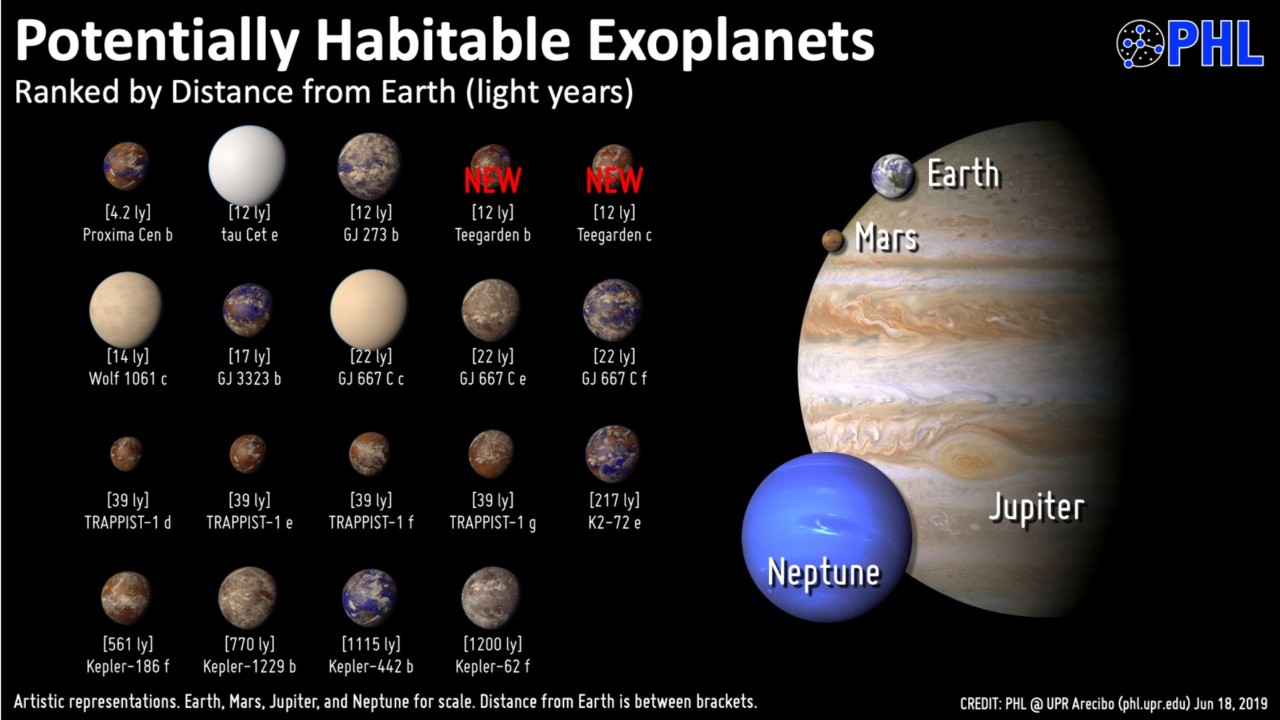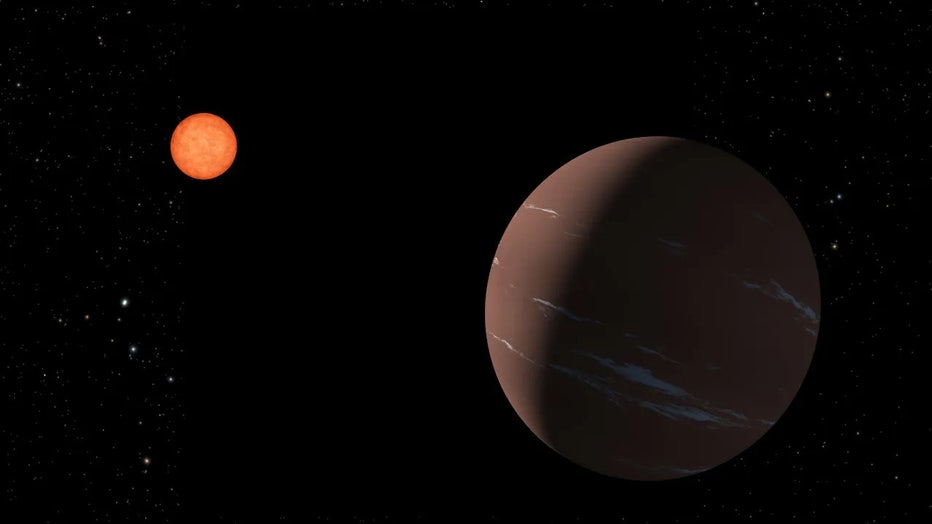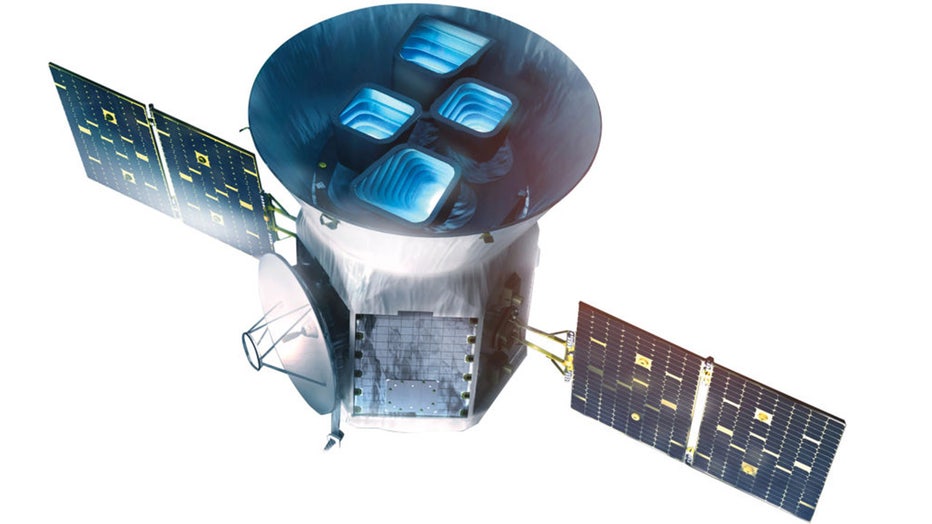NASA announces potentially habitable ‘super-Earth,’ only 137 light-years away

Two new 'possibly habitable' planets have been discovered by a team of researchers
A team of international researchers led by the University of Göttingen in Germany have discovered two new Earth-like planets near one of our closest neighboring stars, "Teegarden’s star."
Could a habitable atmosphere extend beyond Earth?
A recent NASA discovery strengthens the possibility.
NASA on Jan. 31 announced a potentially habitable planet named TOI-715 b, noting in a press release that the planet is "fairly close to us" at 137 light-years away, a close proximity from an astronomical standpoint.
The planet is slightly larger than Earth, measuring about 1½ times as wide, according to the space exploration organization.
2023 SPACE STORIES: A REVIEW OF THE GIANT LEAPS MANKIND MADE IN THE PAST YEAR
It orbits a small reddish star within the "conservative habitable zone," the distance from the star that would provide the planet with a suitable temperature for the formation of liquid water on its surface, according to NASA.

FILE - This illustration shows one way that planet TOI-715 b, a super-Earth in the habitable zone around its star, might appear to a nearby observer.
NASA notes that temperature is one important factor for water to form, among many others.
The parent star is smaller and cooler than the sun, allowing the planet to orbit more tightly.
This close orbit makes a year on the planet just 19 days long.
CLICK HERE TO SIGN UP FOR OUR LIFESTYLE NEWSLETTER
There is a second Earth-sized planet that could be in this same system and also exhibits qualities that could make it potentially habitable.
If confirmed, this second planet "would become the smallest habitable-zone planet discovered by TESS so far," according to NASA.

FILE - Illustration of NASAs Transiting Exoplanet Survey Satellite (TESS), created on July 19, 2021. TESS acts as a space observatory searching for exoplanets. (Adrian Mann/Future Publishing via Getty Images)
TESS stands for Transiting Exoplanet Survey Satellite, which was launched in 2018.
The purpose of TESS is to "discover thousands of exoplanets in orbit around the brightest dwarf stars in the sky," according to NASA.
CLICK HERE TO GET THE FOX NEWS APP
This discovery will need to be further explored to uncover more about the properties of the exoplanets. Deeper looks are done mostly by the James Webb Space Telescope.

